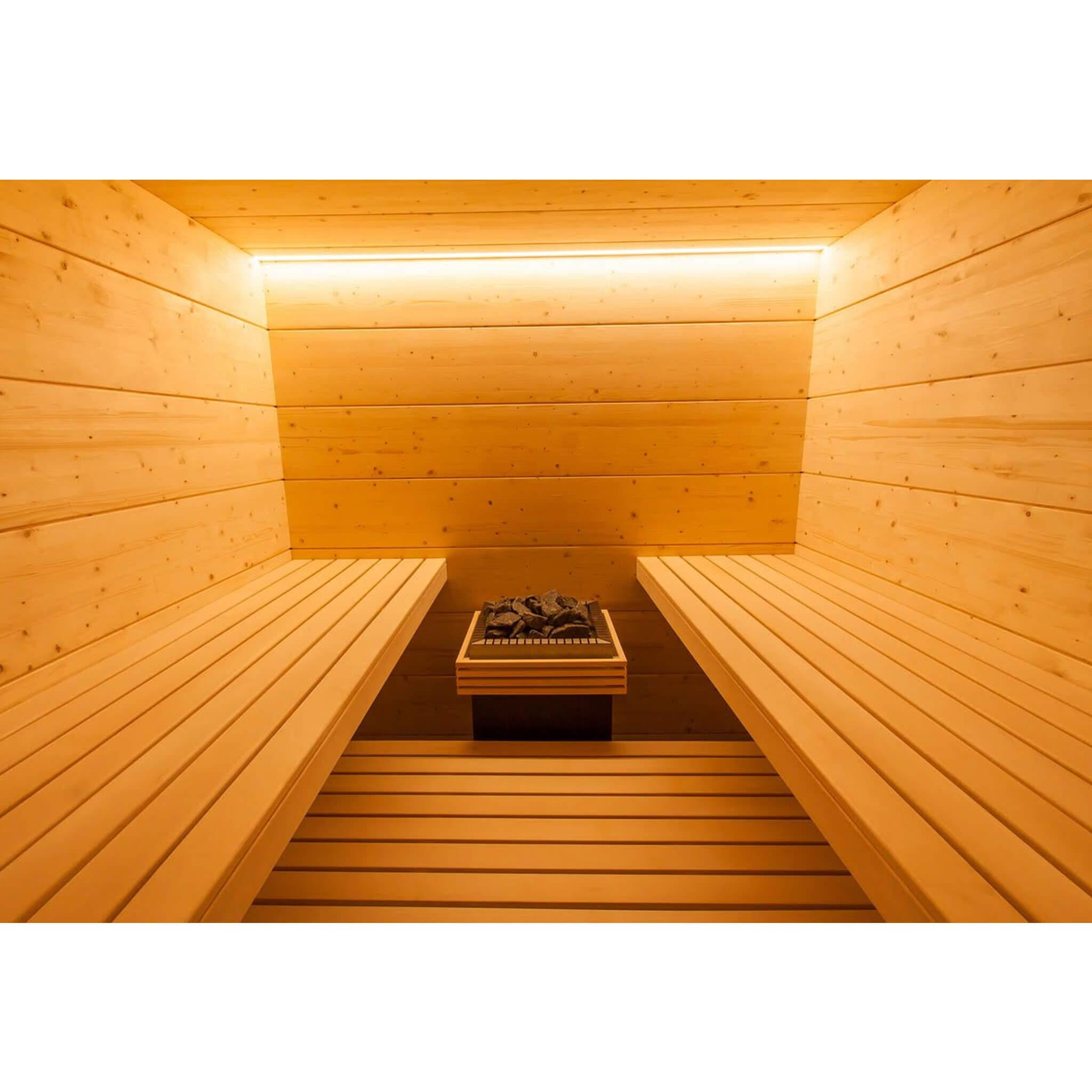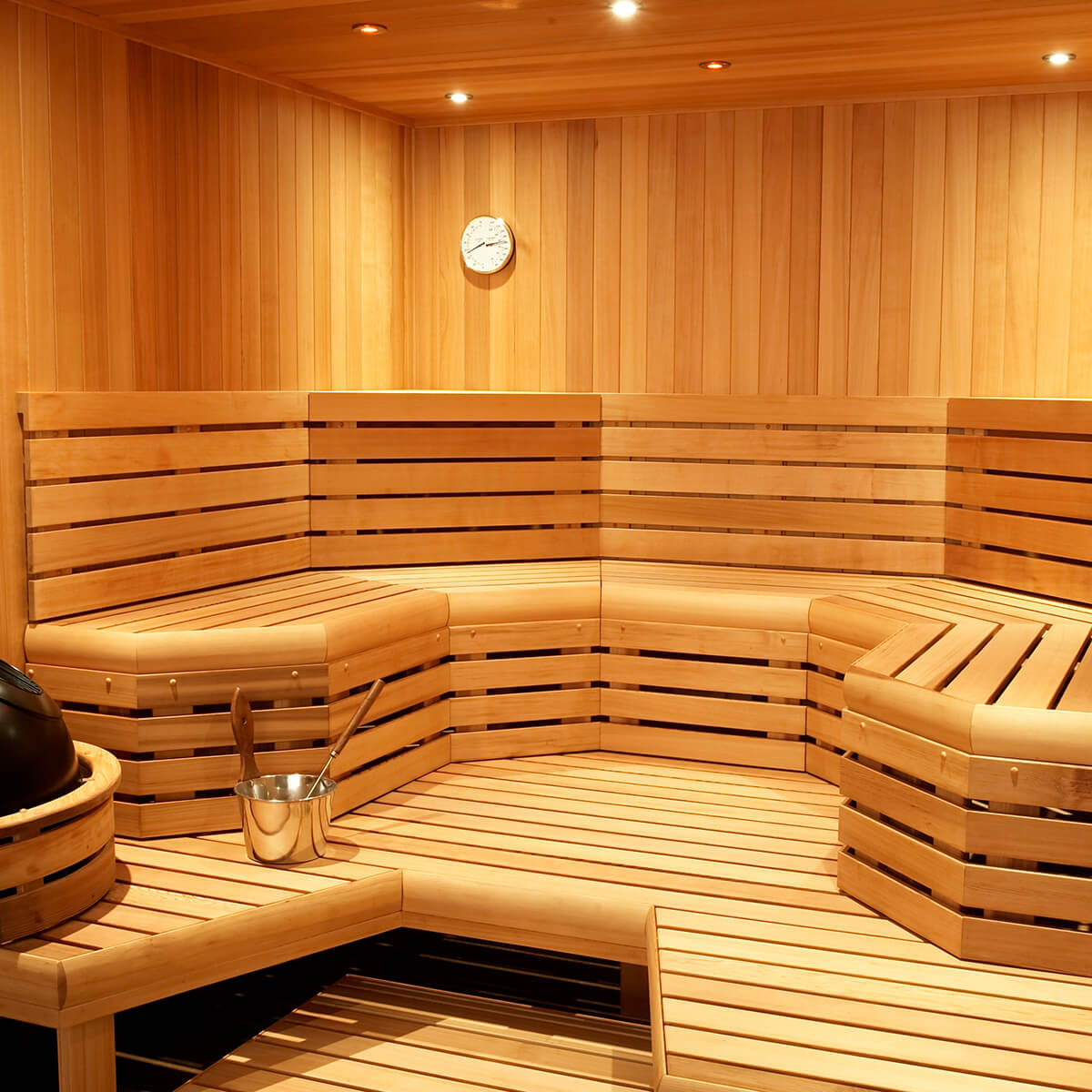The Main Principles Of Traditional Sauna
The Best Guide To Traditional Sauna
Table of ContentsThe Definitive Guide for Traditional SaunaRumored Buzz on Traditional SaunaThe 6-Minute Rule for Traditional SaunaThe smart Trick of Traditional Sauna That Nobody is Talking About
The majority of the weight lost in a sauna is water loss and is re-gained upon rehydrating. Without an uncertainty sauna can be an important part of a healthy weight loss program. To look at the differences between conventional and IR saunas, I will separate these into proven, theoretical, and produced distinctions.Therefore, the hottest factor in the saunawhich goes to the ceiling straight above the sauna heateris normally in between 185 and 190 F. Traditional Sauna. Claims that a conventional sauna exceeds 200 F is merely not real and not suitable for electrical saunas sold in the US. The temperature level for a far-infrared sauna is usually set between 120 and 140 F; nonetheless, unlike the conventional sauna, the goal in and IR space is not to achieve a high temperature level
Because of this, the temperature level difference is almost unnecessary, considering that excessive sweating results in both sauna kinds, however the method of heating up the body is different. In an IR sauna the bather will really feel hot and will certainly sweat profusely, yet at much lower temperatures. Hence, if the objective is to spend longer durations of time in the sauna, the IR sauna is a great choice.

The Ultimate Guide To Traditional Sauna
When the high temperature is accomplished, the components cycle on and off to maintain the heat. Many typical sauna individuals appreciate putting water over the rocks to produce steam to elevate sauna moisture degrees. The advantages of pouring water over the rocks consist of: making the area a lot more comfy, dampening the nasal passages, and enabling the use of aromatherapy by mixing vital oils with the water.
In a far-infrared sauna, the warmth waves penetrate the body to efficiently warm the body and raise the body core temperature level. To attain this increased temperature level, Far-infrared emitters develop infrared energy which is close to the same wavelength as that which the body normally emitsoften described as the "Important Array" of 7 to 14 microns), so the power is well gotten by the body.
When the power goes into the body, it causes the body temperature to boost and eventually leads to perspiration. In an infrared sauna it is necessary for the emitters/heaters to remain on practically regularly. Since there is no mass of rocks to preserve warmth, the sauna will certainly cool if the emitters turned off.
As mentioned over, the sauna useful site bather in an infrared area intends to place himself before running emitters to get maximum take advantage of the warmth. The heating time for both areas can be extremely different, depending on just how the areas are made use of. For a traditional sauna, a bather must enable 30-40 minutes for the area to accomplish a wanted temperature level and to properly pre-heat the rocks.
About Traditional Sauna
A well constructed sauna will commonly attain a temperature level of 150-160 F in about 30-40 minutes (Traditional Sauna). For hotter temperatures, the space may need to warm for a longer period. When the area achieves established temperature, the heater will cycle on and off, usually operating regarding 50% of the moment. The insulated wall surfaces and the heated rocks will certainly maintain the room warm and at stable temperatures.
To some, 15 minutes was "thrown away" while the infrared power heated the wood panels instead than warming a body, while others find a pre-heated room to be a lot more comfy and believe a raised starting temperature is needed to start sweating. The size of suggested usage for each and every room is around the exact same (10-15 mins per session); however, as a result of the lower air temperatures and the capacity to feel the results of infrared warmth much faster than a traditional sauna, it is not uncommon for an individual to spend a total of 20-30 minutes in an infrared sauna.
Traditional saunas tend to be bigger (therefore make use of even more power) than infrared saunas, although traditional saunas are certainly readily available in one and 2 individual sizes. For a two-person conventional sauna, 5x6 or 5x7 dimension is most popular. The top bench can conveniently seat 2 or 3 people and is additionally enough time to relax during the sauna session.


The typical expense per kWH of electricity in the U.S. is approximately $0.11, so a 4.5 kW heater will cost around $.50 to compete one hour, if the heater runs continuously for one hour. Normally a sauna heating unit will certainly compete 75% of the very first hour and 50% of succeeding hours on because the components cycle once the set site here temperature level is achieved.
Traditional Sauna for Beginners
A 2 person far-infrared informative post area is normally physically smaller than a traditional sauna, often about 4' x 4' or smaller. The IR heating system is commonly 1.5-1.7 kW using a 120 volt 15 amp plug-in service. Given that the area can be made use of sooner than a sauna room, we will certainly think the room is used for to of an hour including warm up time.
There is a hardly ever discussed distinction in the social experience in between the 2 rooms. While our culture has actually shed several of the social advantage of the standard sauna experience, it can be very socially gratifying. From family time in the sauna, to heart-felt conversations with better halves, to sauna partiesthe traditional sauna experience can bring about intimate mingling.
A lot of higher end infrared areas consist of colored light therapy, sound systems and full-glass fronts.